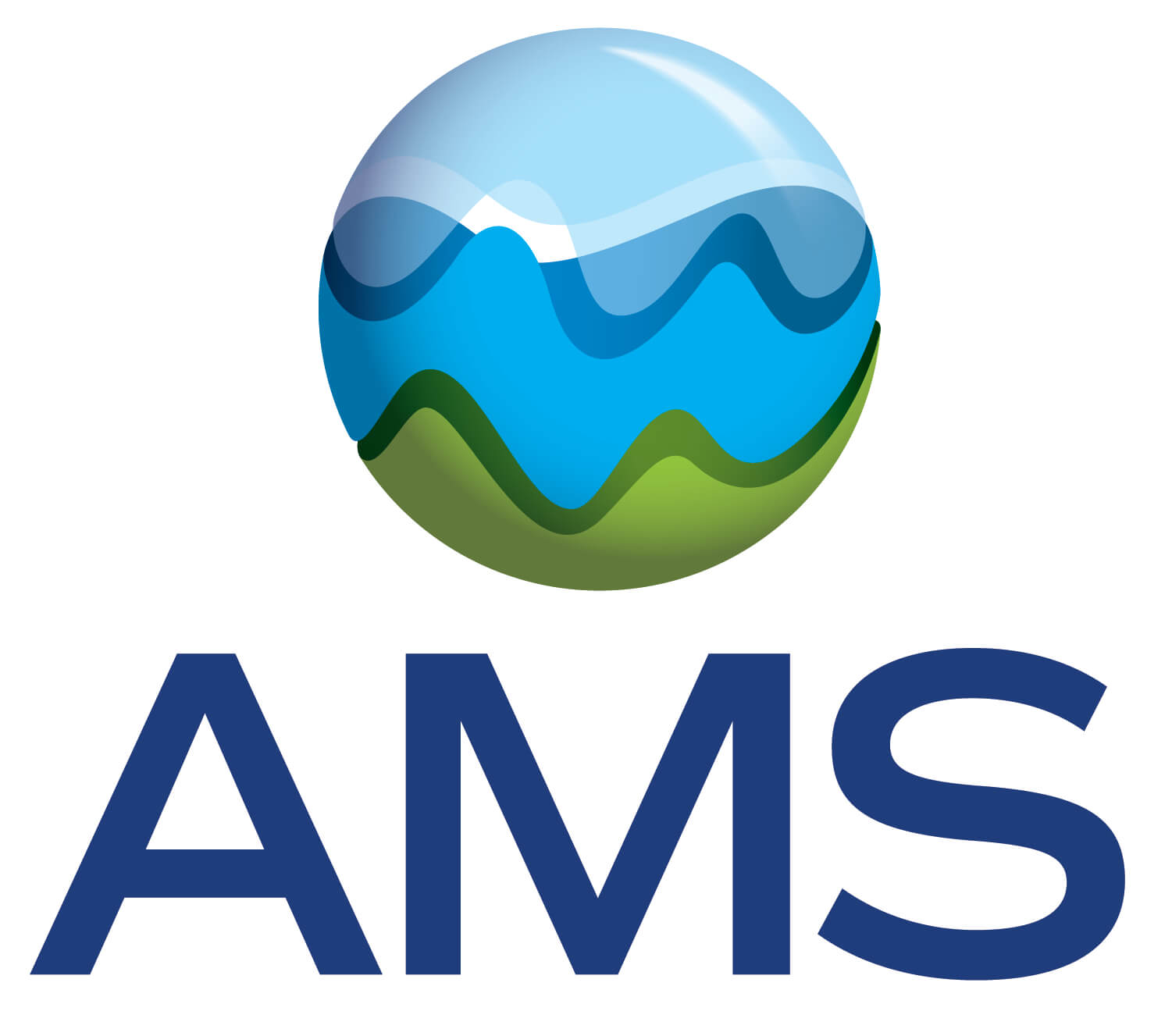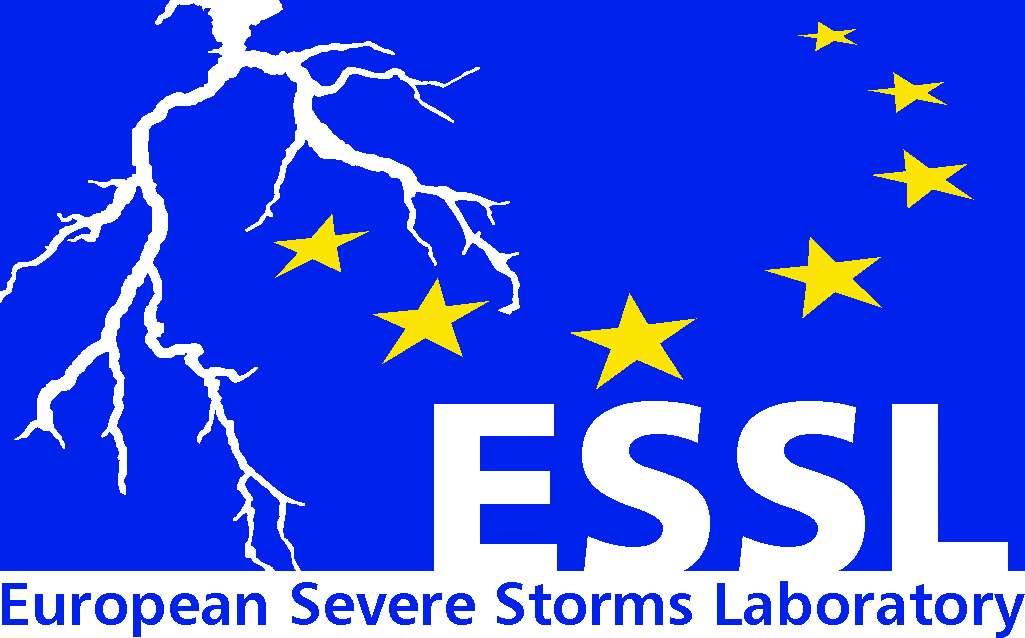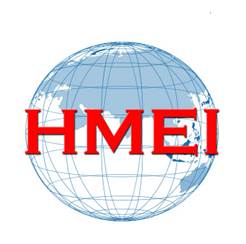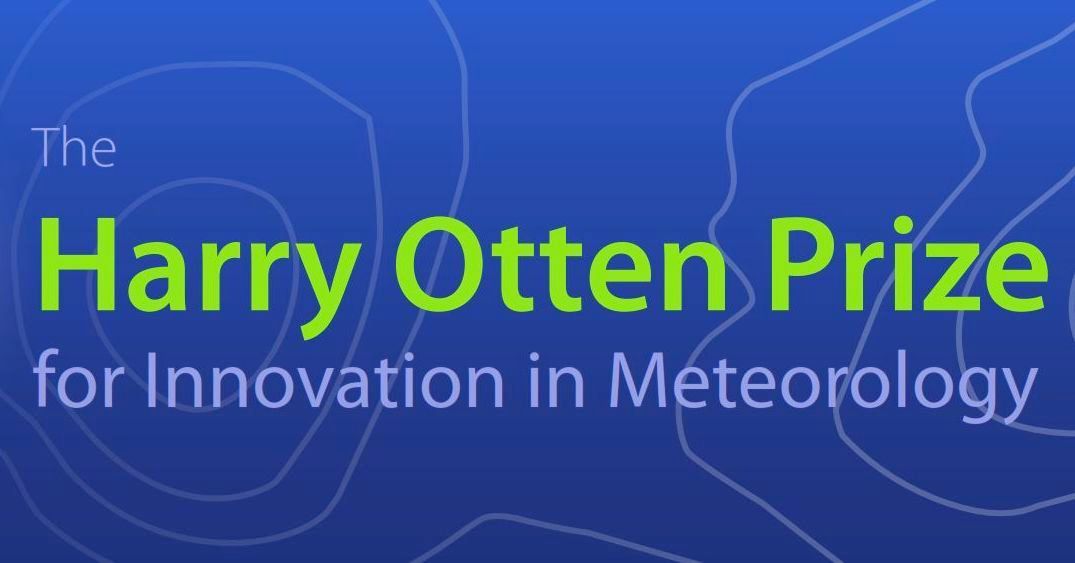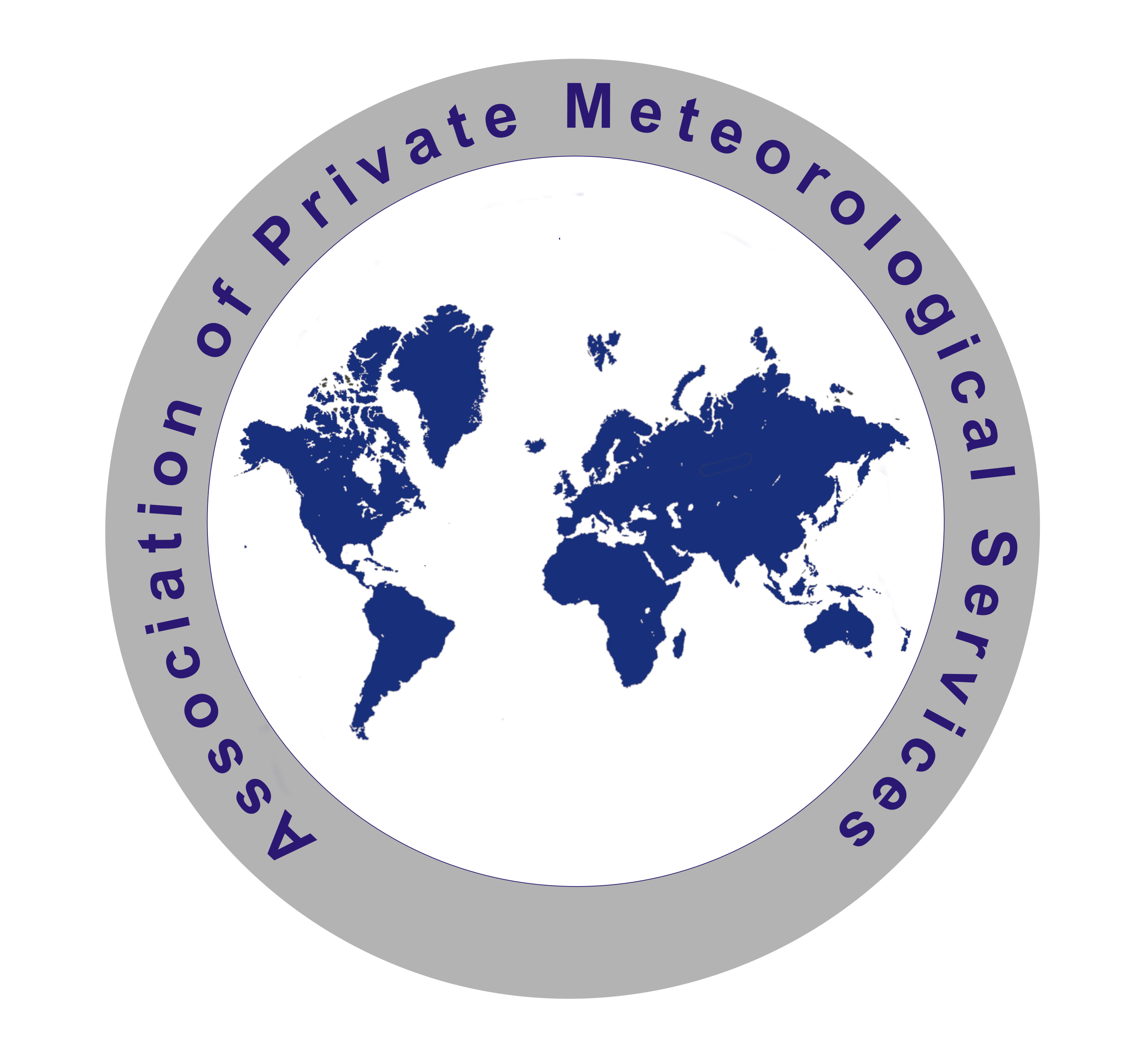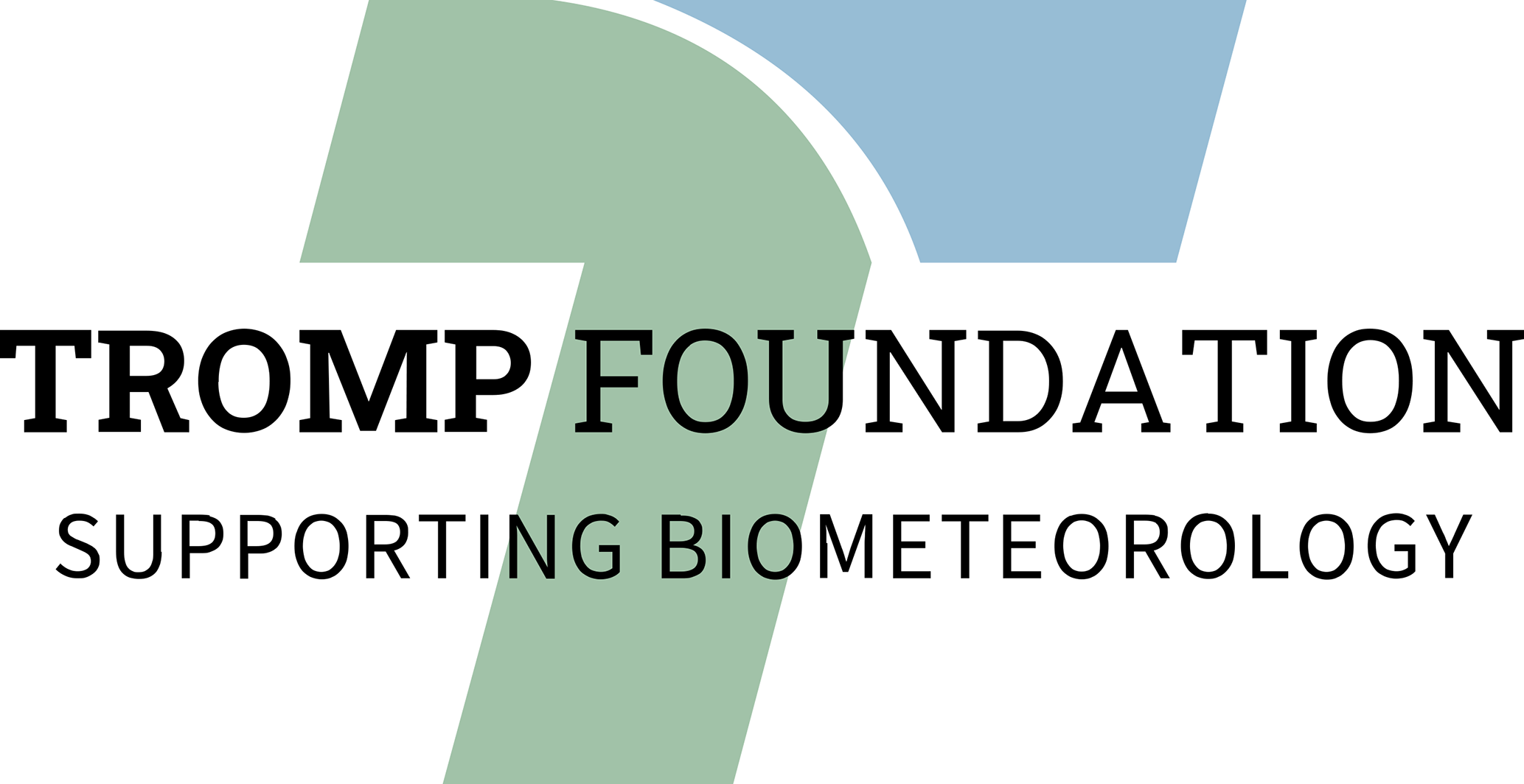Improving wind and temperature forecast accuracy using eXtreme Gradient Boosting and Quantile Mapping
- Finnish Meteorological Institute, Research applications, Helsinki, Finland (kaisa.ylinen@fmi.fi)
A machine learning based bias correction for MetCoOp temperature, wind speed and wind gust forecasts has been implemented at the Finnish Meteorological Institute (FMI). The MetCoOp model, with a horizontal resolution of 2.5 km, serves as the primary source of short-range forecasts at FMI. However, like many numerical weather prediction models, it suffers from systematic errors that can negatively affect forecast accuracy. To address this issue, we utilize eXtreme Gradient Boosting (XGB) to correct these systematic errors in wind and temperature forecasts. Although XGB effectively reduces the mean absolute error of the forecasts, it tends to underestimate high wind speeds. To mitigate this limitation, we additionally apply quantile mapping (QM) bias-correction technique for wind speed and wind gust forecasts.
Our model uses 2.5 years of training data containing various weather parameters as predictors, including time-lagged variables. Also station and time dependent features such as forecast hour and month, are used. The model is trained to predict forecast errors at station points and subsequently gridded to the original resolution using the gridpp method. The bias correction information is then applied to the original MetCoOp forecast fields of 10-m wind speed, wind gust, and 2-m temperature, resulting in more accurate forecast fields.
The machine learning-based model is currently in pre-operational use at FMI, with the primary aim of reducing the manual editing traditionally performed by meteorologists to correct forecast errors. Preliminary verification results indicate that bias-corrected forecasts have smaller errors on average compared to uncorrected MetCoOp forecasts. Importantly, the model improves the accuracy of wind alerts and warnings, thereby providing significant value in critical decision-making situations.
How to cite: Ylinen, K. and Tack, A.: Improving wind and temperature forecast accuracy using eXtreme Gradient Boosting and Quantile Mapping, EMS Annual Meeting 2024, Barcelona, Spain, 1–6 Sep 2024, EMS2024-167, https://doi.org/10.5194/ems2024-167, 2024.

